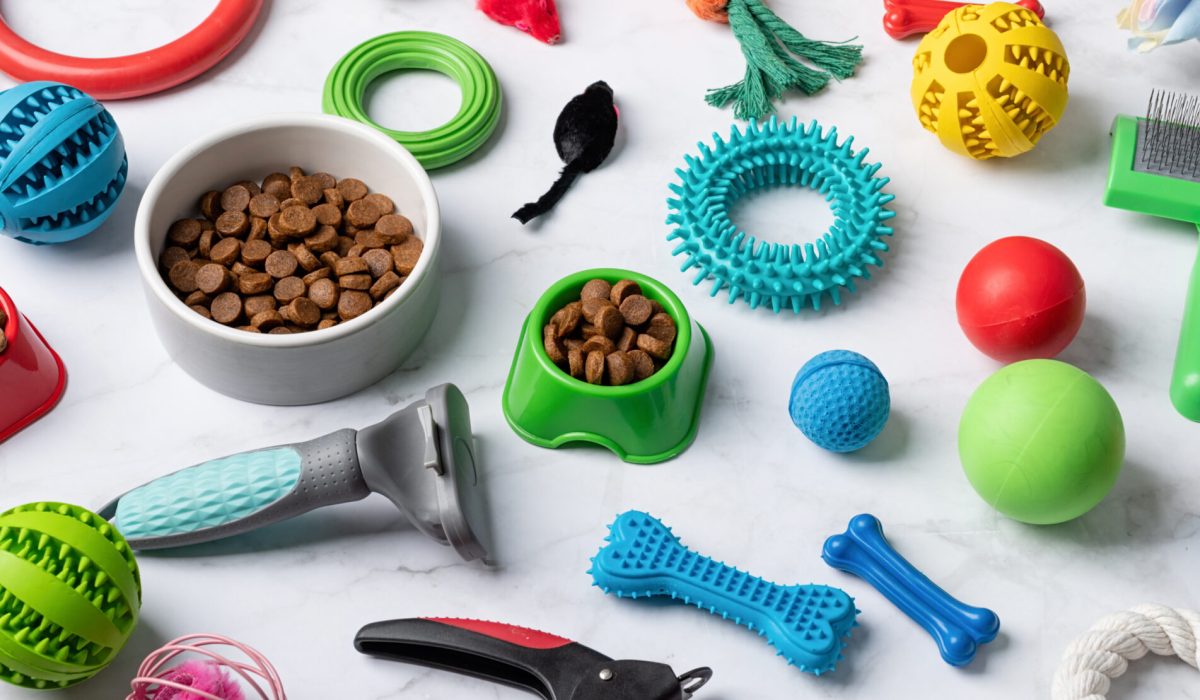Engaging your rescued cat with appropriate toys and activities is crucial for their physical and mental well-being. Creating DIY cat toys saves money and allows you to customize playthings to your cat’s specific preferences and needs. Let’s explore how to craft safe, entertaining toys that will keep your feline friend active and mentally stimulated.
Understanding Play Behavior
Different cats have different play preferences based on their age, personality, and past experiences. Some cats prefer chase toys that mimic prey movement, while others enjoy puzzle toys that challenge their problem-solving skills. Understanding your cat’s natural play behaviors helps you create toys that they’ll actually use and enjoy.
Safe Materials for DIY Toys
Safety should always be your first consideration when crafting cat toys. Choose materials that can’t be easily swallowed or break into dangerous pieces. Recommended materials include:
- Natural fiber rope and twine
- Uncoated paper products
- Pet-safe fabrics
- Solid wooden pieces
- Non-toxic craft supplies
Simple Yet Effective Toy Ideas
Creating engaging cat toys doesn’t require complex crafting skills. Start with basic projects like wand toys made from wooden dowels and natural fiber rope. Craft crinkly balls from aluminum foil wrapped in yarn, or create puzzle boxes from cardboard tubes and boxes. These simple toys can provide hours of entertainment when designed thoughtfully.
Interactive Toys for Mental Stimulation
Mental stimulation is just as important as physical exercise for cats. Design puzzle feeders from recyclable containers, creating holes that dispense treats or kibble as your cat plays. Make obstacle courses using cardboard boxes and tubes, encouraging natural exploring and hunting behaviors. These enrichment activities help prevent boredom and reduce stress-related behaviors.
Rotating Toy Collections
Keep your cat’s interest by rotating their toys regularly. Create enough DIY toys to have several collections that you can swap out weekly. This rotation helps prevent boredom and maintains your cat’s interest in their toys. Store unused toys in a clean, dry place to preserve their quality between uses.
Customizing for Special Needs
Some rescued cats may have physical limitations or special needs that affect how they play. Adapt toy designs to accommodate these needs – for example, creating lower-impact toys for senior cats or larger, easier-to-grab toys for cats with mobility issues. Pay attention to your cat’s preferences and abilities when designing their toys.
Environmental Enrichment
Incorporate DIY toys into your cat’s environment in ways that encourage natural behaviors. Create hunting opportunities by hiding toys in safe places around your home. Design climbing and scratching combinations that include toy elements. This environmental enrichment helps satisfy your cat’s natural instincts while providing entertainment.
Monitoring and Maintenance
Regularly inspect all DIY toys for signs of wear or damage. Replace any toys that show signs of breaking down or that could become hazardous. Clean washable toys regularly and dispose of any that can’t be safely cleaned. This maintenance routine helps ensure your cat’s continued safety during play.
Creating DIY cat toys is a rewarding way to enrich your rescued cat’s life while staying within budget. By understanding your cat’s needs and preferences, using safe materials, and maintaining proper toy rotation and maintenance, you can provide an engaging and stimulating environment that promotes both physical and mental well-being.


